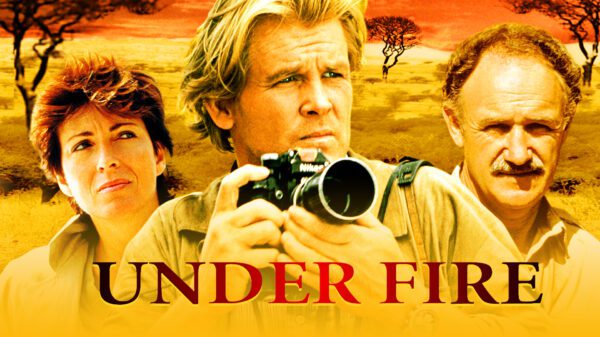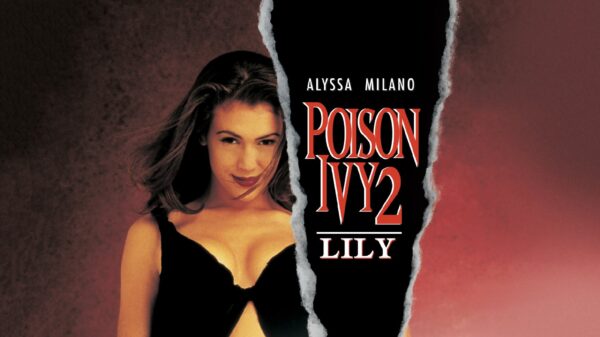“Scarface,” directed by Brian De Palma and released in 1983, stands as a cinematic landmark in the crime drama genre. A remake of Howard Hawks’ 1932 film of the same name, “Scarface” reimagines the story in a contemporary setting, transporting audiences to the vibrant yet perilous world of Miami’s drug trade. Anchored by a powerhouse performance from Al Pacino and fueled by a gripping narrative, the film has left an indelible mark on popular culture and remains a quintessential exploration of power, ambition, and the consequences of the American Dream.
Al Pacino Plays An Iconic Part
The film introduces us to Pacino as “Tony Montana,” a Cuban refugee who arrives in Miami during the Mariel boatlift. Right from the start, it’s evident that Tony is a character driven by ambition, a relentless desire to rise above his circumstances and achieve the elusive “American Dream,” even if it means killing and breaking the law. This pursuit becomes the driving force behind the film’s narrative, and as Tony’s ascent into the criminal underworld unfolds, the audience is taken on a harrowing journey through the dark alleys of power and corruption.
Pacino’s portrayal of Montana is nothing short of iconic, as it resonates 40 years later. The actor immerses himself fully in the role, capturing the character’s complexity with a magnetic and intense performance. Tony is charismatic yet volatile, charming yet ruthless, and Pacino brings a raw authenticity to the character, making him both compelling and repulsive. The actor’s mastery of Tony’s Cuban accent and the physicality of the role contribute to the character’s indelible presence on screen.
Just like his contemporaries in the 80s/90s: Tom Hanks, Tom Cruise and Denzel Washington, Pacino has many memorable roles like Tony in “Scarface.”
Soon To Be Legends Behind The Scenes
The screenplay, written by Oliver Stone, delves deep into the psyche of its characters, offering a nuanced exploration of morality and power. Stone’s script is laced with sharp dialogue and memorable lines that have become ingrained in popular culture. The narrative’s pacing is relentless, mirroring the intensity of Tony Montana’s own drive. As Tony’s empire grows, so does the tension, culminating in a gripping and tragic climax.
De Palma’s direction is a crucial element in the film’s success. Known for his visually dynamic style, De Palma infuses “Scarface” with a kinetic energy that propels the narrative forward. The film’s cinematography, helmed by John A. Alonzo, captures the vibrant and decadent atmosphere of Miami in the 1980s. The use of bold colors and sweeping camera movements adds to the film’s visual impact, creating a world that is both seductive and menacing.
One of the film’s defining features is its unflinching portrayal of violence and excess. “Scarface” doesn’t shy away from depicting the brutality of the drug trade, and the consequences of Tony’s choices are graphically depicted on screen. The film’s willingness to confront the dark and often ugly realities of its subject matter sets it apart from more sanitized portrayals of crime and violence.
The supporting cast, including Michelle Pfeiffer as “Elvira Hancock” and Steven Bauer as Tony’s close associate “Manny Ribera,” delivers strong performances that complement Pacino’s central role. Pfeiffer, in particular, brings depth to her character, portraying Elvira as more than just a typical gangster’s moll. Her complex relationship with Tony adds another layer to the narrative, exploring themes of love, power, and the corrosive effects of the criminal lifestyle.
The film’s musical score, composed by Giorgio Moroder, is another standout element. The synthesized and pulsating soundtrack enhances the film’s atmosphere, becoming synonymous with the world of “Scarface.” The iconic theme, along with the memorable use of popular music tracks, contributes to the film’s enduring cultural impact.
“Scarface” has had a lasting influence on popular culture, permeating music, fashion, and even language. The film’s quotes, especially Montana’s signature lines, have become ingrained in the lexicon of movie enthusiasts. Elements of the film have been referenced and parodied in various forms of media, cementing its status as a cultural touchstone.
Beyond its cultural impact, “Scarface” has also sparked critical discussions about its portrayal of violence, ethnicity, and also, “the war on drugs.” Some critics argue that the film glamorizes the criminal lifestyle, while others see it as a cautionary tale about the perils of unchecked ambition.
In conclusion, “Scarface” stands as a cinematic masterpiece that continues to resonate with audiences decades after its release. Anchored by Pacino’s powerhouse performance, the film explores what can become of the dark side of the “American Dream” through a lens of crime, excess, and moral decay. De Palma’s direction, Stone’s sharp screenplay, and the film’s visceral depiction of violence contribute to its enduring impact on popular culture.
“Scarface” remains a compelling and provocative exploration of power, ambition, and the high costs of pursuing one’s dreams in a world where success often comes at a steep price.























